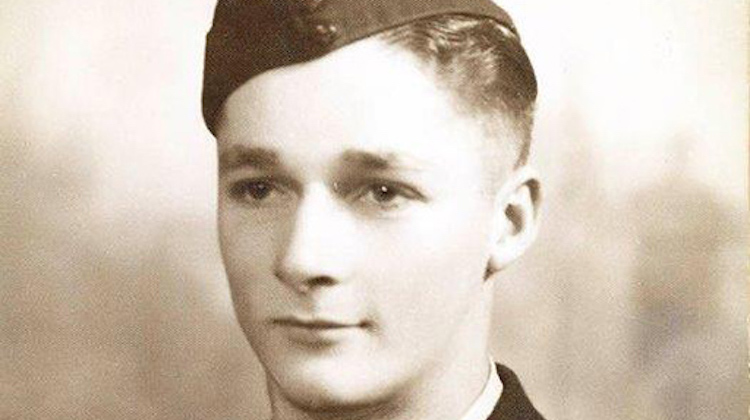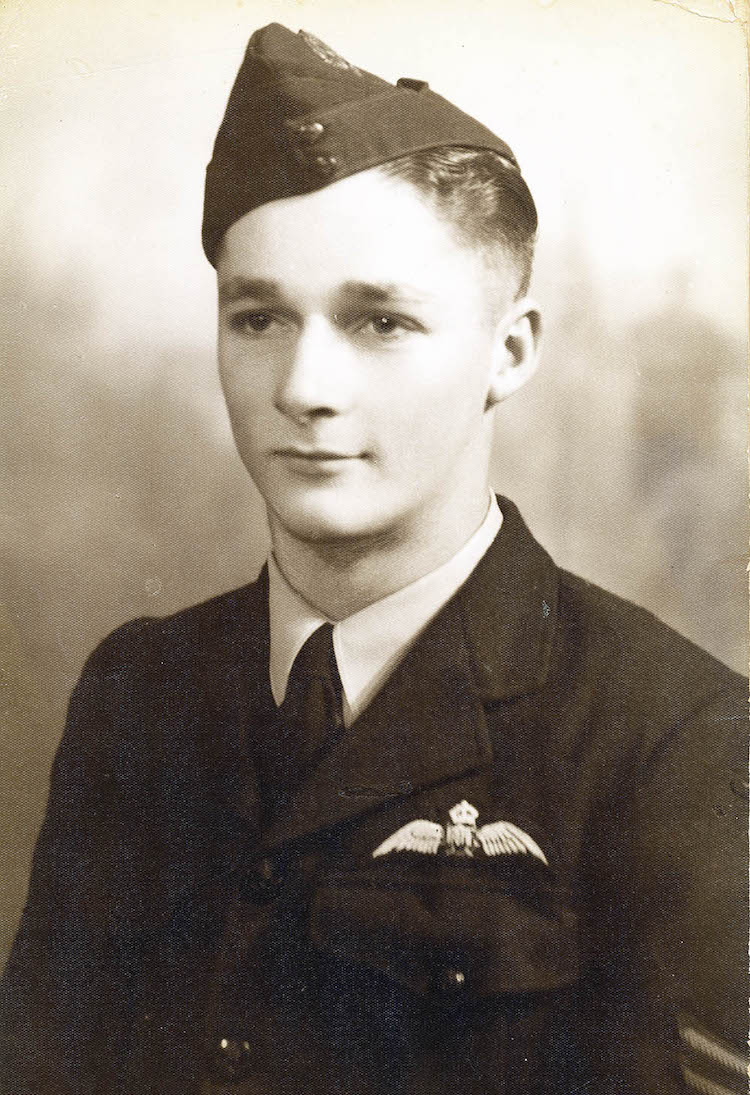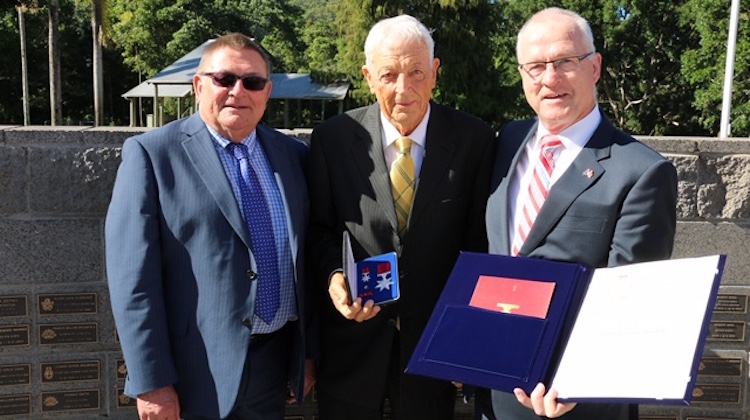
It is now more than 75 years since Pilot Officer Jim Hocking ordered his crew to abandon his Stirling bomber on July 28, 1944.
He was just 21 years old and on his final training flight with No. 12 Operational Training Unit after taking off from Royal Air Force (RAF) Base Wratting Common in Cambridgeshire when the bomber’s inner starboard engine caught fire.
The blaze led to a loss of power on all four engines and to a fateful, brave decision by the fledgling pilot from Nambour, Queensland.
Rather than follow his crew as they parachuted to safety, Hocking chose instead to remain at the controls to steer the increasingly unstable, burning aircraft away from the town of March in Fenland, Cambridgeshire. It crashed in a nearby field, saving the lives of the townspeople but at the cost of his own.
Hocking was buried in Cambridge Cemetery, a world away from his own home of Nambour, Queensland. The inscription on his headstone reads: “Nobly he lived. Nobly he died. Ever remembered.”
It was only one life, amid the many killed in World War 2 – the Royal Australian Air Force (RAAF) lost more than 4,000 air crew flying with RAF Bomber Command, which itself lost nearly 40,000. But the residents of March have not forgotten Jim Hocking.

His memory was honoured at an event held in the town’s museum on the anniversary of his death. At the end of July, family members read from letters written by Pilot Officer Hocking, and a book on his short life, March Hero, written by Sunshine Coast journalist and author Dot Whittington and first published in 2007 was showcased.
The heroic act has formed a lasting bond between Nambour and March. The Fenland District Council and the Sunshine Coast Council have had a Friendship Agreement since 1997, which was renewed on its 20th anniversary in 2017.
The March War Museum has a permanent display with maps, a model of Pilot Officer Hocking’s uniform. It also has a replica set of his medals provided by his brother, Alan Hocking, who said he and his family were honoured that the people of March remembered and continued to honour Jim.
“Out of the tragedy of war a lasting friendship has developed with so many families in the March area, and March is now a second home to members of the Hocking family,” Alan Hocking said in a statement from the Sunshine Coast Council.

Memories of Jim Hocking are being kept alive on the other side of the world too. An account of his bravery is on display in the Nambour Museum’s Remembrance Room, and his service medals are on show at the Nambour RSL. In addition, the Nambour RSL also gives an award each year to a student at the Nambour High School where Pilot Officer Hocking was a foundation student.
While the heroic pilot is remembered in March and Nambour, it took a while for official recognition to occur. After a long campaign by relatives and old school friends, Pilot Officer Hocking was posthumously awarded the Star of Courage in 2015.
Pilot Office Hocking’s Star of Courage citation can be read in full on the Royal Australian Navy website.
A replay of the radio segment can be found on the BBC website. The segment starts about 23 minutes into the program.












